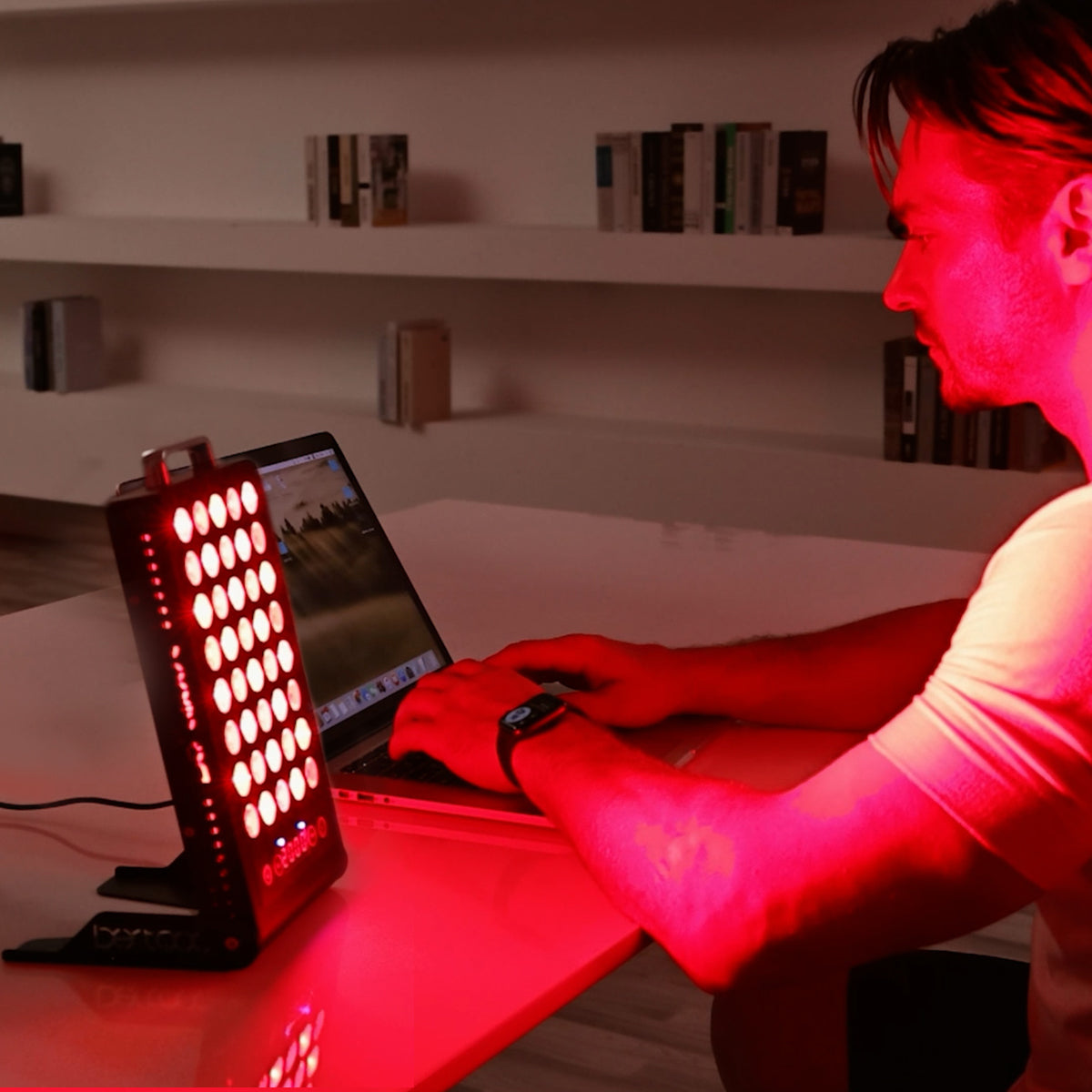Unlock the Secrets of Light Therapy: Discover the Best Options to Transform Your Well-Being!
Light therapy is rapidly gaining recognition in the wellness community as an effective method for enhancing both physical and mental health. This innovative approach harnesses the power of light to address a variety of conditions, from mood disorders to skin issues. As more individuals seek natural and non-invasive alternatives to traditional treatments, exploring the various versatile light therapy options available becomes essential. Whether you’re struggling with Seasonal Affective Disorder, looking to rejuvenate your skin, or seeking relief from chronic pain, understanding these therapies can lead you to a brighter, healthier future. In this article, we’ll delve into the different types of light therapy, their unique benefits, and how they can be integrated into your wellness routine.

Understanding Light Therapy
Light therapy, also known as phototherapy, involves exposure to specific wavelengths of light for therapeutic purposes. The basic principle is that light can influence biological processes in the body, promoting healing and well-being. The science behind light therapy is rooted in the understanding that light affects our circadian rhythms, mood, and even cellular function. For instance, bright light can stimulate the production of serotonin, a neurotransmitter that plays a crucial role in regulating mood. By using controlled doses of light, practitioners can help alleviate symptoms associated with various conditions, making light therapy a versatile and appealing option for many.
Types of Light Therapy Options
There are several types of light therapy options available, each tailored to address specific health issues.
1. Bright Light Therapy
Bright light therapy is most commonly used to treat Seasonal Affective Disorder (SAD) and other mood disorders. This therapy involves sitting in front of a light box that emits bright light, mimicking natural sunlight. Research suggests that using this therapy for about 20-30 minutes each day can significantly improve mood and energy levels. It’s particularly beneficial during the winter months when natural sunlight is scarce. Friends who have tried this therapy often report feeling more energized and less prone to the winter blues.
2. Blue Light Therapy
Blue light therapy has gained popularity for its effectiveness in treating acne and regulating circadian rhythms. The blue wavelengths target the bacteria that cause acne, leading to clearer skin. Additionally, this type of light can help reset the body’s internal clock, making it easier to fall asleep at night. However, it’s important to be cautious, as excessive exposure to blue light can lead to potential side effects like eye strain or disrupted sleep patterns. A colleague shared how incorporating blue light therapy into her skincare routine made a noticeable difference in her complexion.
3. Red Light Therapy
Red light therapy is renowned for its applications in skin rejuvenation, pain relief, and wound healing. By penetrating the skin, red light stimulates cellular activity and promotes repair processes at a mitochondrial level. This can lead to improved skin tone, reduced inflammation, and faster recovery from injuries. Many users, including a friend who suffered from chronic pain, have experienced significant relief and improved skin texture after regular sessions of red light therapy.
4. Infrared Light Therapy
Infrared light therapy is particularly beneficial for its ability to penetrate deeper tissues, making it an excellent choice for muscle recovery and pain alleviation. This therapy is frequently used in physical therapy settings to reduce soreness and enhance muscle healing. The warmth generated by infrared light can improve blood circulation and promote relaxation. An acquaintance who is a fitness enthusiast swears by infrared therapy after intense workouts, claiming it drastically reduces his recovery time.
Comparing Light Therapy Options
When comparing the various light therapy options, it’s essential to consider their effectiveness, accessibility, and suitability for different conditions. Bright light therapy is highly effective for mood disorders but may not be suitable for everyone, especially those with certain eye conditions. Blue light therapy serves dual purposes for skin care and sleep regulation, but it requires caution to avoid overexposure. Red light therapy is versatile for skin and pain relief, while infrared therapy excels in muscle recovery. Accessibility can vary as well; some therapies require specific devices that may not be readily available to everyone. However, with the growing interest in light therapy, many options are becoming more accessible for home use.
Exploring Effective Light Therapy
In conclusion, light therapy offers a multitude of options that can significantly enhance well-being. From bright light therapy for mood disorders to red and infrared therapies for skin and muscle recovery, there's a solution for various health concerns. By incorporating these versatile light therapy options into your wellness routine, you can harness the power of light to improve your quality of life. Whether you seek to uplift your mood during the gloomy winter months or rejuvenate your skin, exploring these therapies could lead to transformative results. So, consider shining a light on your health and well-being today!






